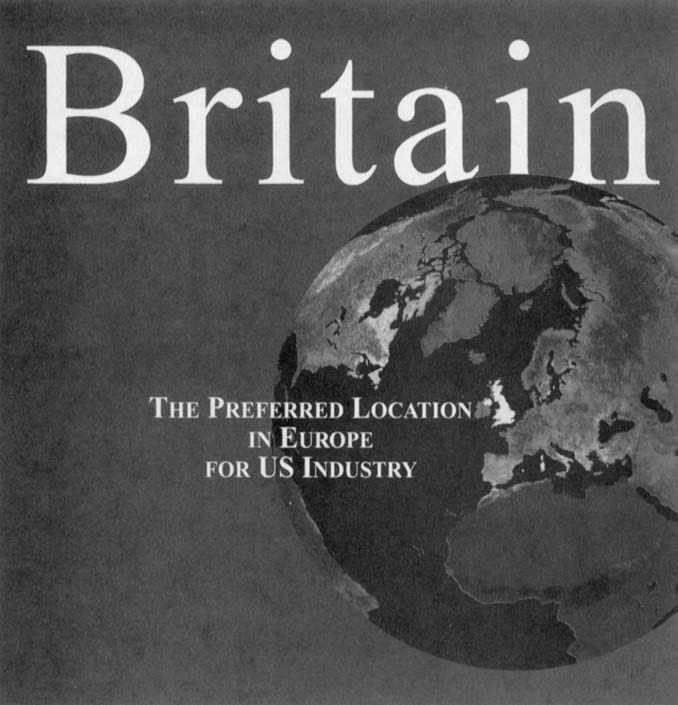
- •Marketing illustration botswana: the world’s fastest-growing economy
- •9.2 Percent. South Korea is the second fastest per- former, growing at 7.3 percent. China came in third at 6.7 percent.
- •Basis for international trade
- •Production possibility curve
- •Principle of absolute advantage
- •Units of computer
- •Advantage
- •Exchange ratios, trade, and gain
- •Units of computer
- •Factor endowment theory
- •Instead of enhance the country’s competitive advantage.7
- •The competitive advantage of nations
- •Limitations and suggested refinements
- •It’s the law 2.1 money laundering
- •Marketing strategy 2.1 how to move money
- •Marketing ethics 2.1 human trafficking: the worst kind of factor mobility
- •Economic cooperation
- •2.6, Some countries are members of multiple groups.
- •In a free trade area, the countries involved eliminate duties among themselves, while maintaining sepa- rately their own tariffs against outsiders. Free trade
- •Botswana Lesotho South Africa
- •Exhibit 2.1 regional groupings and their nations
- •Venezuela.
- •In 1993, the eu and the efta formed the world’s largest and most lucrative common market
- •Cultural dimension 2.1 the euro
- •Economic and marketing implications
- •2.7 Shows how the United Kingdom can serve as a strategic location for this purpose.
- •Initially, new trade policies generally tend to favor local business firms. For example, ibm encountered problems in Europe, where the eu
- •Questions
- •Discussion assignments and minicases
Economic and marketing implications
Marketers must pay attention to the effects of regional economic integration or cooperation
because the competitive environment may change drastically over time. As in the case of the EU, although EU member countries still maintain their national identities, national borders are no longer trade barriers. Marketers must treat the EU as a single market rather than as numerous separate and fragmented markets. They need to rethink their marketing, finance, distribution, and production strategies. Foreign businesses need to make an effort to become familiar with new regulations so as to take full advantage in the changing market. For example, even though standard harmonization may exclude some US firms from the EU markets, the USA should work to influence the process in order to turn the potential barrier into an advantage.
Whereas countries that are not members of the EU view the EU’s ambitious goals with some concern, outsider firms can still cope successfully with the Single Internal Market program. Instead of viewing the EU’s developments as obstacles, mar- keters should regard them as both challenges and opportunities. Not unlike coping with a single country’s protectionist measures (except on a larger scale), the key to competing effectively in the EU is for an external firm to become an insider. Figure
2.7 Shows how the United Kingdom can serve as a strategic location for this purpose.
General Electric Co. has formed joint ventures in major appliances and electrical equipment with Britain’s largest electronics firm, has acquired France’s largest medical equipment maker, and has planned to build a plastics factory in Spain. Coca- Cola has terminated some licensing agreements and has consolidated its European bottling operations to cut costs and prices. Using acquisitions to build up its European position, Sara Lee Corp. purchased a Dutch coffee and tea company and took control of Paris-based Dim, Europe’s largest maker of panty- hose. In addition, Sara Lee has experimented with the “Euro-branding” strategy by printing several languages on a single package and distributing it to several countries.
Initially, new trade policies generally tend to favor local business firms. For example, ibm encountered problems in Europe, where the eu
members wanted to protect their own computer industry. Alternatively, outsider firms may be able to take advantage of the situation to overcome the barriers erected by a particular member of a regional economic cooperation. Facing France’s troublesome entry procedure, Japan could first ship its products into Germany before moving them more freely into France.
Because of the favorable economic environment in a cooperative region, additional firms desire entry and the competitive atmosphere intensifies. Firms inside the region are likely to be more com- petitive owing to the expansion of local markets, resulting in better economies of scale. External firms (those outside the area) are faced with over- coming trade barriers, perhaps through the estab- lishment of local production facilities. For example, Ireland tried to attract foreign investment by men- tioning in its advertisements that it is a member of the EU. Nike, a US firm, was able to avoid the EU tariffs by opening a plant in Ireland.
Over time, a region will grow faster than before owing to the stimulation caused by trade creation effects, favorable policies, and more competition, but economic cooperation can create problems as well as opportunities within international markets. The expanded market offers more profit potential, but it may create an impression of collusion when subsidiaries or licensees are granted exclusive rights in certain member countries. The long-term result may be an area-wide antitrust among new firms or nonmember countries wishing to trade within the economically integrated region.
Economic cooperation may either improve or impede international trade, depending on how the result of the cooperation is viewed. Economic inte- gration encourages trade liberalization internally, while it promotes trade protection externally. The tendency is for a member of an economic group to shift from the most efficient supplier in the world to the lowest-cost supplier within that particular economic region. As in the case of NAFTA, the results have been generally positive. Promoting trade between the USA and Mexico has been highly successful. While the US Labor Department has


Figure 2.7 The United Kingdom and its strategic location
certified that some 316,000 US jobs have been lost or threatened due to trade with Mexico and Canada, the number is far lower than predicted. On balance, NAFTA has increased jobs and reduced inflation without affecting wages.23
